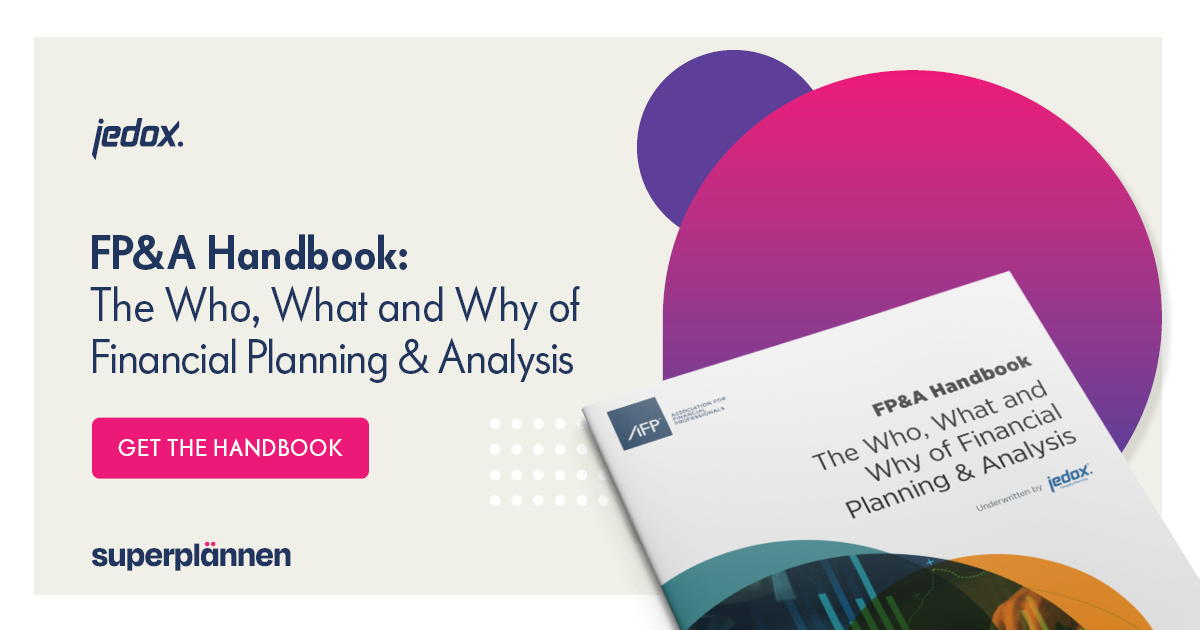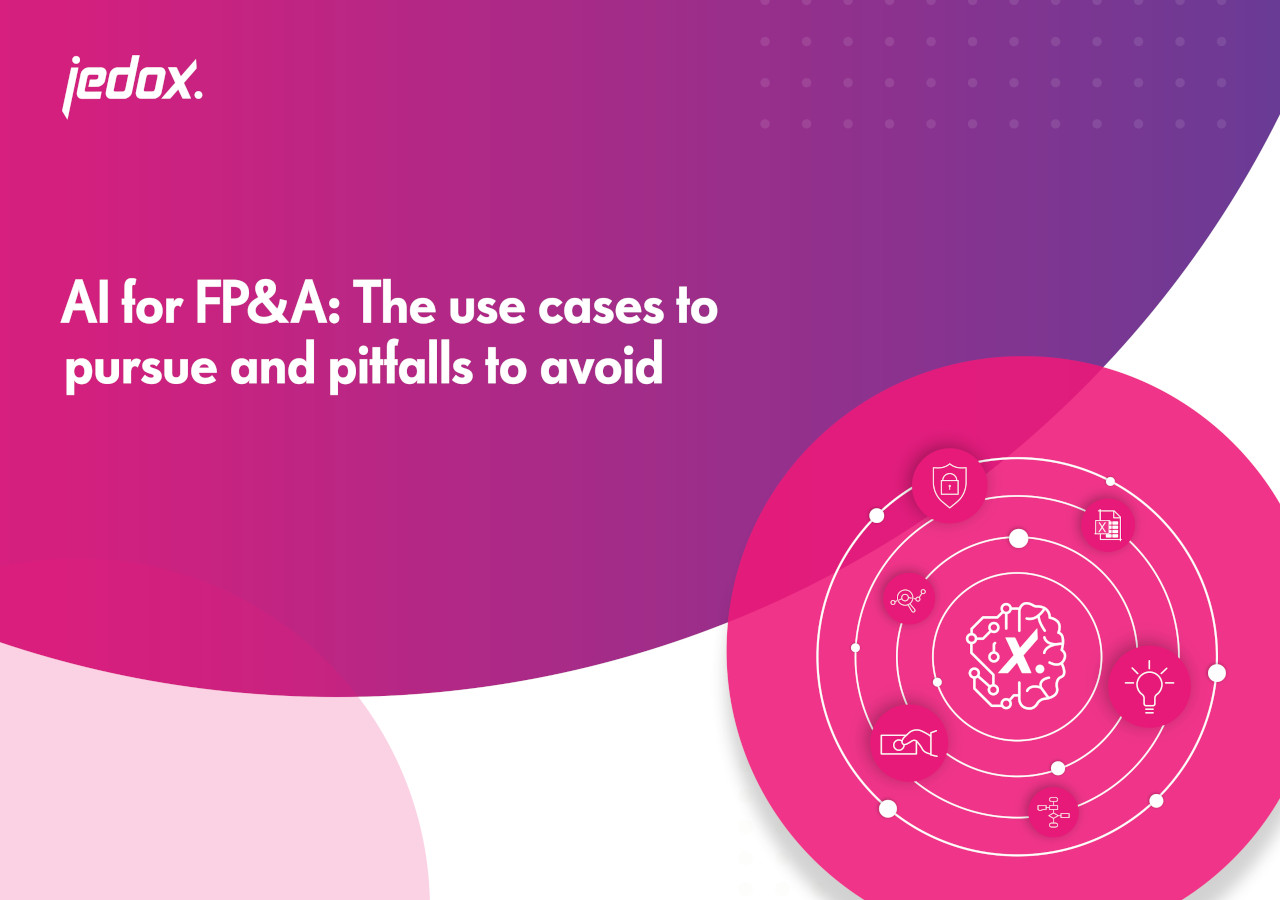
Profit and loss – get financial insight
The profit and loss statement is one of the main parts of the annual statement that companies must prepare at the end of a financial year, along with the cash flow statement and accounting balance sheet. This article discusses influential factors, advantages, and common problems considering the profit and loss statement.
What is a profit and loss statement?
Profit and loss (P&L) can be defined as the net income or loss generated by an organization over a specific period. It is calculated by considering all revenue, costs, and expenses occurring in that period. The P&L statement is a financial statement that summarizes those three factors. The goal of every organization is to generate profit while keeping losses as low as possible. Hence, financial controllers must monitor P&L closely. Usually, public organizations issue a P&L statement on an annual or quarterly basis.
Combined with the cash flow statement and accounting balance sheet, the P&L statement allows an in-depth look at an organization’s financial performance.
Factors that impact P&L for an organization
To generate steady profit and reduce losses, it is important to understand the following factors that have an impact on the outcome:
- Revenue
More revenue equals higher profits. It is crucial to avoid having too small a number of customers or sources of income. Diversifying the customer base can help reduce the risk of a sudden drop in sales. - Expenses
Keeping costs under control is critical to maintaining profitability. Expenses should be reviewed regularly to determine if there are areas that allow for saving without compromising the quality of the products or services. - Pricing
The price of a product or service has a direct impact on P&L. If the price is too low, it might not generate enough profit to cover the running costs. A price that is too high, on the other hand, can lead to losing customers to competitors. - Interest rate
Interest rates on loans and lines of credit can also affect the P&L statement. A high interest rate can negatively impact profits. - Taxes
Different types of organization can be subject to different tax rates. As such, taxes should always be factored into the P&L statement to represent the financial situation accurately.
Understanding these factors will be beneficial for organizations in the long run to manage profit and losses, whether large or small.
Five key features of P&L statements
A well-structured P&L statement has different features that must be included in detail. These features are best practices for a complete and effective P&L statement. They include:
- Revenue
This is the total amount of money earned from sales or other sources during the relevant period – usually a month, quarter, or fiscal year. - Cost of goods sold (COGS)
This is the direct cost incurred in producing the goods or services sold during the period. COGS include raw materials, labor, and overhead costs. - Gross profit
This is the difference between revenue and COGS. It represents the amount of money that an organization has left over after accounting for the direct costs of generating revenue. - Expenses
This is the total amount of money spent on operating expenses during the considered period. Operating expenses include items such as rent and insurance. - Net profit
Net profit is gross profit minus expenses. It is an organization’s bottom line and what ultimately determines its success or failure.
Advantages of preparing a P&L statement
There are numerous benefits in preparing a P&L statement. The most convincing ones include:
- Identifying spending patterns
A P&L statement can help to track spending patterns over time. This information supports decisions about where to allocate resources. - Identifying areas of improvement
Reviewing the P&L statement can help to identify areas for improvement of the financial performance. If there are, for example, high marketing expenses, it may be necessary to explore ways to reduce those costs. - Making informed decisions about future investments
A P&L statement delivers important insights into an organization’s overall financial health. This information can help inform decisions about future investments, such as expanding the business or changing the current business model.
Common problems associated with P&L accounts
There are a few issues that can make a P&L statement completely ineffective; these should be avoided by financial experts .
- Omitting expenses
It’s easy to forget to include all of the expenses associated with running an organization, such as marketing, repairs, or travel costs. If these expenses are omitted from the P&L statement, it will give an inaccurate picture of the organization’s financial health. - Inaccurate revenue
Another problem when reconciling a P&L statement is inaccurately estimating revenue. This can be due to underestimating sales or overestimating the value of assets sold. Either way, it can lead to inaccurate figures. - Miscalculating costs
It can be difficult to accurately track all of the expenses associated with running an organization. This is especially true for small businesses, which often pay many expenses in cash. - Timing issues
This can happen if income is received before it is earned or if expenses are paid before they are incurred. Either way, it can throw off the accuracy of the P&L statement. - Inaccurate accounting methods
Some accounting methods can lead to inaccurate statements. For instance, the accrual method can result in income being overestimated and expenses being underestimated when looking at the short-term financial position of an organization. While the cash basis method provides a more accurate picture of an organization’s current financial situation, it can also create problems when it is time to pay taxes. As a result, it is important to be aware of the potential pitfalls of different accounting methods before selecting one.
Which organizations are required to prepare a P&L statement?
All publicly traded organizations in the United States must prepare and file financial statements with the Securities and Exchange Commission (SEC). These statements provide investors with crucial information about an organization’s financial health. The P&L statement, in particular, gives investors an overview of an organization’s revenue, expenses, and net income. For investors, this information is useful when deciding whether or not to invest in a particular organization.
In addition, investors use this information to compare an organization’s performance with that of its competitors. As such, P&L statements play a pivotal role in the investment decision-making process.
GAAP , or generally accepted accounting principles, are rules and guidelines that organizations in the US must follow when preparing their financial statements. GAAP is designed to ensure that financial statements are accurate and consistent, making them easy for investors to compare. Although GAAP is not legally required, most public organizations in the US choose to follow GAAP to build investor trust.
How a software supports tracking of P&L
A profit and loss software for monitoring and data preparation of P&L can help streamline an organization’s finances and improve profitability. This type of software allows tracking of all income sources and expenses in one single source of truth. As a result, areas of overspending and those for potential cost reduction can be quickly identified. In addition, the software can track progress over time and compare different periods.
Digita delivers transparent P&L reporting 95% faster. Read their success story now. If you would like to learn more about Jedox and your own potential request a demo today.





